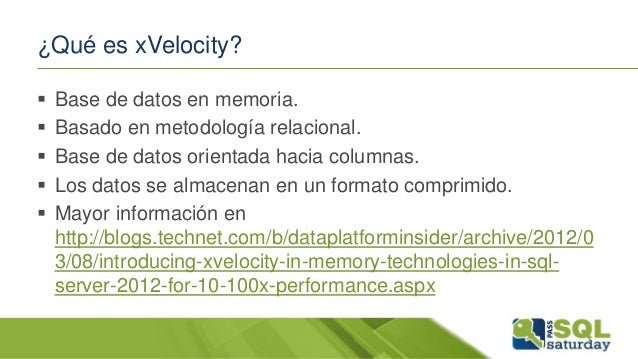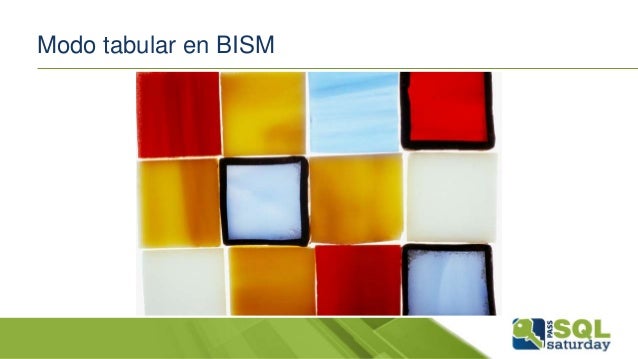

Here’s the Power BI Embedded capacity I created in my Azure tenant, sized to A4 and currently paused. The cost is about $8.50 per hour so MAKE SURE TO PAUSE WHEN DONE. Sizing the embedded capacity to A4 is the same as a P1 premium capacity but it can be paused when I don’t need to use it. In lieu of paying for Premium capacity, I can setup an embedded capacity in the Azure portal.

Several of our consulting clients do but to experiment and test new features, I use my own private tenant.

If you have Premium capacity setup in your tenant, you are good to go. What you can do with traditional SSAS through management and development tools, TMSL or XMLA script, PowerShell or API automation you can do with Power BI.

Each workspace is in fact an SSAS instance and each Power BI dataset is an SSAS database. The XMLA endpoint in Power BI Premium bridges this divide by exposing the underlying Analysis Services database instances in the Power BI service. Several mature third-party development tools like Tabular Editor, DAX Studio and the ALM Toolkit enhance or exceed the features of Microsoft’s development suite. Analysis Services projects on the other hand support Microsoft development tools like Visual Studio, Azure DevOps and SQL Server Management Studio. A PBIX file structure cannot be easily parsed, compared, branched or merged by established source control and build management tools. A single PBIX file contains connections, queries, data model objects, measures and report pages. Power BI Desktop is a convenient tool for creating an entire Power BI solution from soup to nuts but isn’t optimized for IT scale projects. Source control, Application life cycle, builds & Team data model development.As the Power BI services continues to evolve, many new an compelling features are available only in Power BI datasets and not in Analysis Services such as hybrid mixed-mode data models, aggregations, incremental refresh policies, dataflows and AutoML. Power BI and AAS also have separate costs. These “enterprise class” features are numerous including object-level scripting for deployments, source control, application life cycle, continuous integration and build management, data partitioning, perspectives, translations, currency conversion, KPI definitions, measure groups and calculation groups.Īt one point, Azure Analysis Services was a superset of data modeling features but now many exclusive features are available in Power BI datasets in a Premium capacity workspace so this choice isn’t so clear. The SSAS engine & on-prem product itself has many useful features not exposed in the Power BI implementation of data models and datasets. Let’s just start by reviewing some of the challenges that have existed in the Power BI platform prior to the availability of this capability:īuried deep within the Power BI cloud service is the SQL Server Analysis Services (SSAS) Tabular model “Vertipaq” in-memory analytics database engine. Data models published to the Power BI service now support version control, scripted builds and team application life cycle management, enterprise IT tooling and scripted object management. Using the XMLA endpoint, the Power BI Premium service now includes the capabilities of SQL Server Analysis & Azure Analysis Services combined with newer data modeling capabilities of Power BI. The read-only endpoint has been in GA for Premium capacities and the read/write endpoint is currently in preview.īefore my long-winded introduction, I’ll get to the point: Now that I have used it in a few real solutions and actively working with clients, I’m sharing my experience about how it works and what you can do with it. When the Power BI product team began promoting the new XMLA endpoint connectivity for Power BI I thought that this could be a game changer for IT-driven, enterprise class BI solutions.


 0 kommentar(er)
0 kommentar(er)
